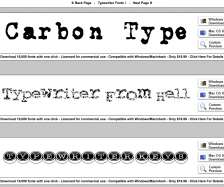Cammy Beans Learning Visions: My Objection to Learning Objectives
Learning Visions
DECEMBER 20, 2007
Learning objectives clarify exactly what it is youre trying to teach. Ray Sims has written a great summary on Writing Learning Objectives , with citations to some good resources, including Vicki Heaths post Learning Objectives: Writing Learning Outcomes So They Matter. Thats a great tip, Clive.














































Let's personalize your content